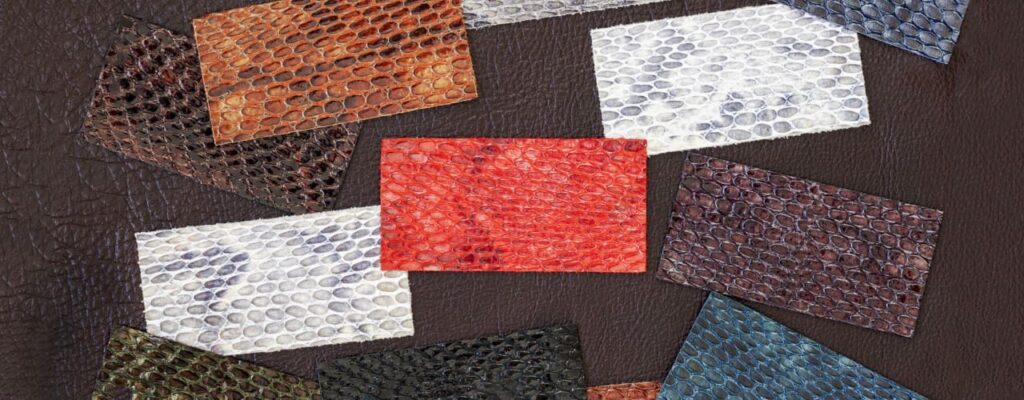

In the printing and design world, the terms embossing and debossing are often thrown around, but what do they mean? At their core, both techniques are about creating a three-dimensional effect on various materials, but they achieve this in slightly different ways, enhancing the visual appeal and texture of a product. Let’s get into the difference.
Embossing
Embossing is a technique used to create a raised pattern or image on a surface, typically paper, leather, metal, or textiles. This is achieved by pressing the material between a two-piece die set, where one die is raised and the other is recessed. When the material is pressed between them, it moulds into the shape of the raised die, creating a 3D effect that stands out above the rest of the surface.
The appeal of embossing lies in its versatility and the sophistication it can add to any item. It’s commonly used in business cards, letterheads, book covers, and packaging. The raised dimension achieved through embossing not only enhances the visual appeal but also encourages physical interaction, as people are often compelled to feel the texture created by the technique.
Debossing
Debossing is the counterpart to embossing, involving the creation of a recessed pattern or image on a surface. It uses the same equipment as embossing but with a key difference: the die presses down into the material, creating an indentation rather than a raised design. Debossing can be just as impactful as embossing, providing a subtle yet elegant depth to the printed item.
Debossing is frequently seen in professional business stationery, luxury packaging, and high-end note cards. Like embossing, it adds a tactile element that increases interaction with the product. Because it’s less common than embossing, debossed elements can also lend an exclusive feel to products, making them stand out in the marketplace.
The Process Explained
The process of embossing or debossing generally involves a custom-made die that is created based on the design. This die is then applied to the material under high pressure, causing the material to conform to the die’s shape, creating the embossed or debossed effect.
- Design Preparation
The first step is designing the pattern or text that will be embossed or debossed. This design is then used to create a metal die. - Die Creation
A metal die is crafted in the reverse of the desired pattern for embossing and in the normal pattern for debossing. - Application of Foil
If embossing foils are used, the foil will be placed over the material before the die is applied. - Pressing
The material is placed between the die and a counter-die (a matching recess), and pressure is applied, either mechanically or manually, to transfer the design onto the material.
Things to Consider
- Material Suitability
Not all materials are suitable for embossing and debossing. Paper, cardstock, leather, and certain types of plastic are among the most commonly used materials. The choice of material will affect the depth of the embossing or debossing, as well as the overall aesthetic. - Design Complexity
The complexity of the design can also impact the outcome. Simple designs tend to work best, especially for materials that are less forgiving. - Type of Embossing Foils
The choice of embossing foil can significantly affect the project’s look and feel. Different colours and finishes can convey different moods and themes.
Suitable Materials
While embossing and debossing can be applied to a variety of materials, each has its own considerations:
- Paper and Cardstock: Ideal for invitations, business cards, and letterheads, offering a luxurious texture and appearance.
- Leather: Adds a sophisticated touch to book covers, portfolios, and luxury packaging.
- Plastics: Used in product packaging and promotional items, providing a unique tactile experience.
Applications in Various Industries
These techniques are widely used across various industries to add value to products. In the packaging industry, embossed or debossed logos on boxes can convey luxury and quality. In book publishing, cover designs often feature these techniques to make new releases stand out. In the fashion industry, embossing and debossing are used on leather goods, such as belts and wallets, to create distinctive brand markings.
Advantages and Considerations
The main advantage of embossing and debossing is the sophistication and premium feel they can give to a product. However, they do require additional investment in terms of tooling and setup, especially for custom designs. It’s also important to consider the material, as not all types are suitable for these techniques.
If embossed or debossing printing sounds like the right fit for your next project, get in touch with us at Metallic Elephant. We’re ready to help bring your vision to life with our specialised embossed printing services.